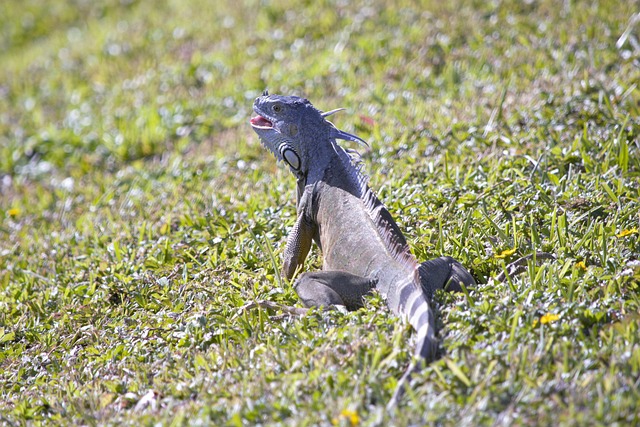
Invasive Species
Understanding Invasive Species
Invasive species are like that uninvited guest at a party who not only shows up unannounced but also helps themselves to your snacks, rearranges your furniture, and starts a conga line in your living room. In the world of ecology, these species can wreak havoc on their new environments, causing harm to local ecosystems and biodiversity. But what exactly makes a species invasive, and how do they end up in places where they really shouldn’t be?
What Makes a Species Invasive?
To put it simply, an invasive species is a non-native organism that, once introduced to a new habitat, tends to outcompete, harm, or even displace native species. This can happen through various means, including human actions—both accidental and intentional. Think of it as nature’s version of a bad reality show where the new contestant disrupts the existing harmony.
How Do They Get Here?
Humans have been playing the role of unwitting delivery service for invasive species for centuries. From the Age of Discovery to modern international trade, we've been moving plants, animals, and even microbes across the globe like they’re the latest trendy gadgets. For instance, kudzu, a vine originally introduced in the U.S. for erosion control, has become notorious for its rapid growth, smothering everything in its path. Talk about overstaying your welcome!
Common Invasive Species
Let’s take a look at some of the usual suspects in the invasive species lineup:
- Kudzu Vine: Known as "the vine that ate the South," this plant can grow up to a foot a day, making it the overachiever of the plant world.
- Giant Hogweed: This plant is not just big; it’s also dangerous. Its sap can cause severe skin burns. So, if you see one, just admire it from a safe distance!
- Japanese Knotweed: A master of disguise, this plant can crack through concrete and is notoriously hard to remove. It’s like the cockroach of the plant kingdom.
- Yellow Starthistle: This prickly character can take over rangelands and is not a fan of grazing animals. It’s like that one friend who insists on ordering the most expensive dish at dinner.
Why Should We Care?
Invasive species can have dire consequences for local ecosystems. They can disrupt food webs, outcompete native species for resources, and even lead to economic damage. For example, the cost of managing these species can run into billions of dollars annually. That’s a lot of cash that could be spent on more fun things, like pizza or cat videos.
What Can Be Done?
Managing invasive species is a team effort. Simple actions like being cautious with gardening practices, cleaning hiking gear, and reporting sightings can help. After all, prevention is better than cure, especially when it comes to those pesky invasive plants and animals. And remember, if you see an invasive species, don’t just take a selfie with it—report it!
Conclusion
Invasive species may not be the life of the party, but they sure know how to crash it. By understanding their impact and taking proactive measures, we can help preserve the delicate balance of our ecosystems while keeping our snacks safe from unwelcome guests. 🌍


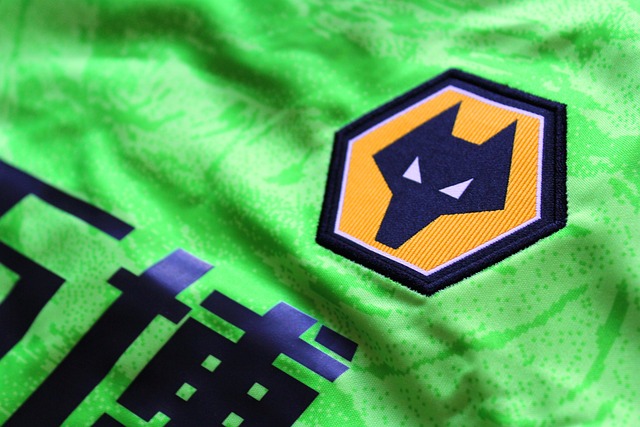


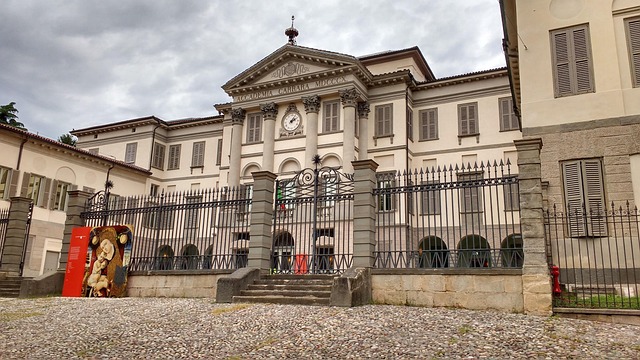

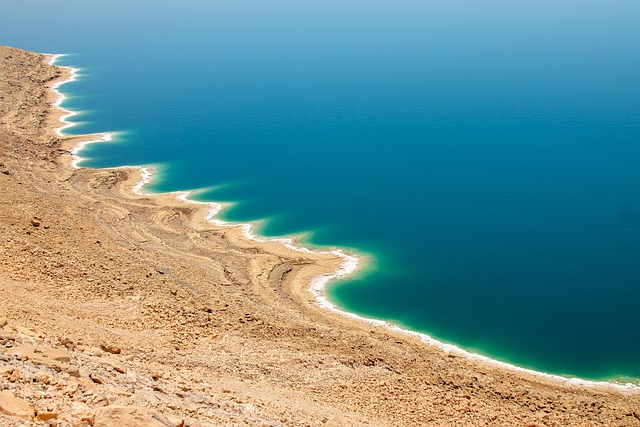



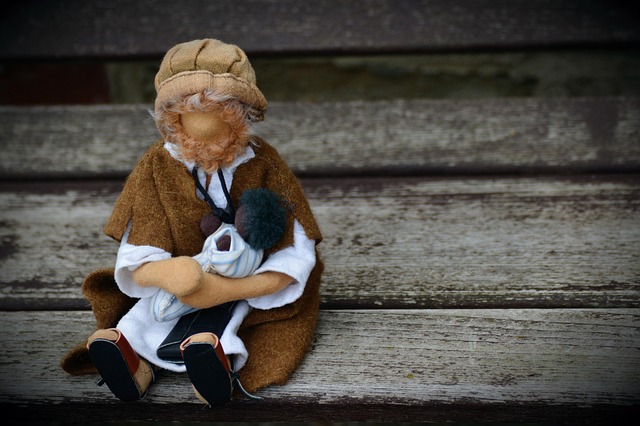


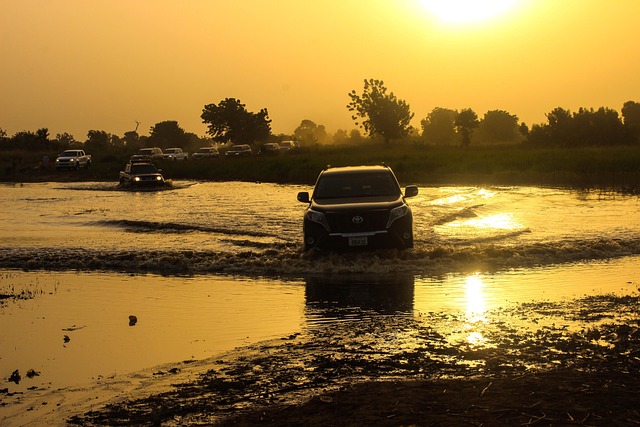


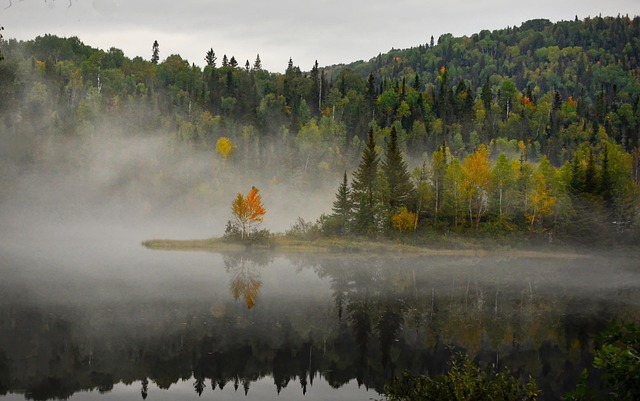


 ইস্তিসকার নামাজ: কল্যাণের জন্য প্রার্থনা
ইস্তিসকার নামাজ: কল্যাণের জন্য প্রার্থনা 
 Health
Health  Fitness
Fitness  Lifestyle
Lifestyle  Tech
Tech  Travel
Travel  Food
Food  Education
Education  Parenting
Parenting  Career & Work
Career & Work  Hobbies
Hobbies  Wellness
Wellness  Beauty
Beauty  Cars
Cars  Art
Art  Science
Science  Culture
Culture  Books
Books  Music
Music  Movies
Movies  Gaming
Gaming  Sports
Sports  Nature
Nature  Home & Garden
Home & Garden  Business & Finance
Business & Finance  Relationships
Relationships  Pets
Pets  Shopping
Shopping  Mindset & Inspiration
Mindset & Inspiration  Environment
Environment  Gadgets
Gadgets  Politics
Politics 